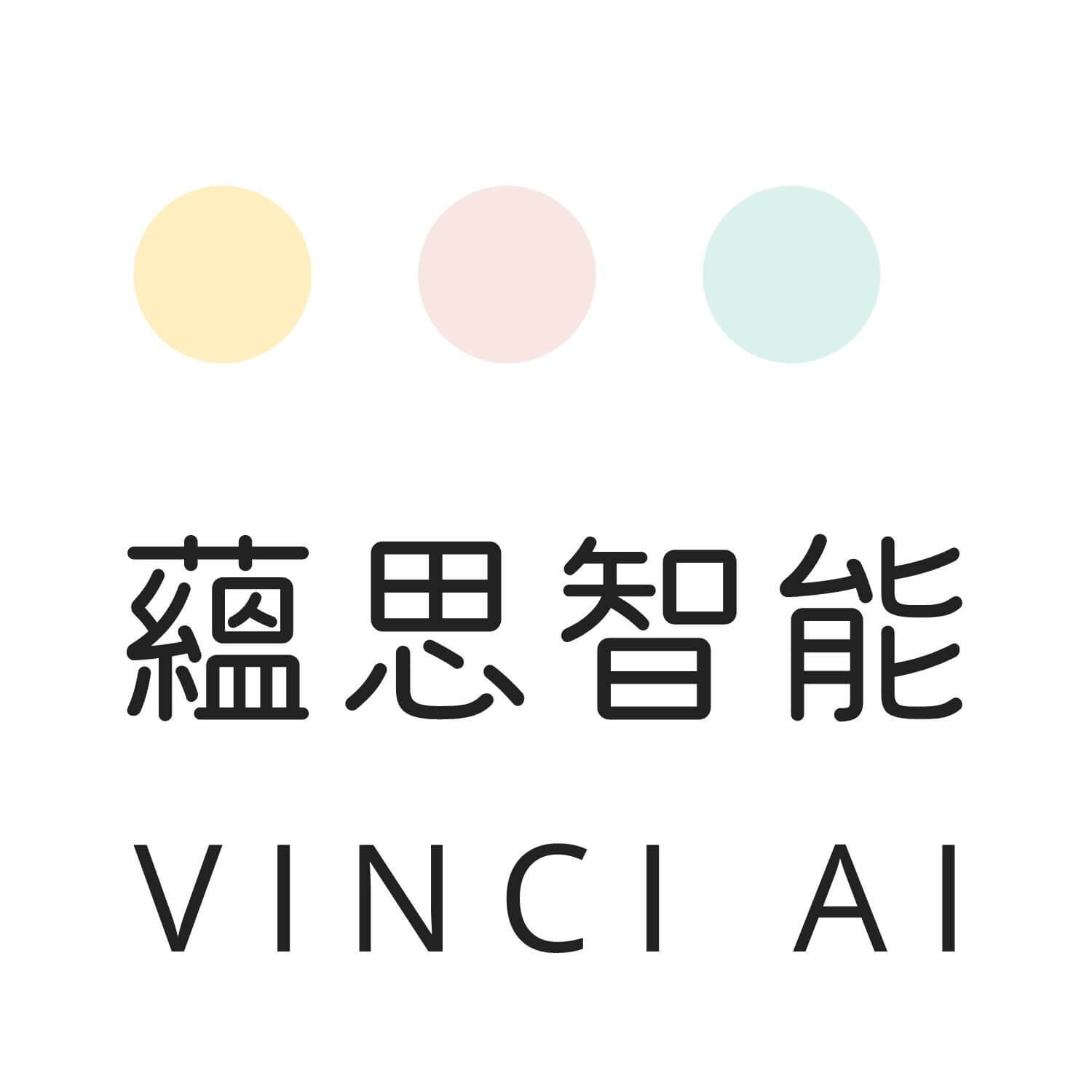ChatGPT and generative AI
Course Outline
The "ChatGPT and Generative AI" course enables students to explore the applications of AI in music, visual art, and text creation. Students will learn to create unique music compositions, achieve style transfer, and express emotions, collaborating with AI to push the boundaries of music. In the visual art section, students will master AI techniques to create personalized images, engage in image fusion, and foster innovation. In the realm of text creation, students will utilize AI technology to write various types of works such as articles, stories, and poems, while also acquiring skills in AI news reporting and deep analysis. The course aims to cultivate students' creative thinking, enrich writing styles, and establish a foundation for future advancements in the fields of art, design, and technology.
Course topics include:
An introductory exploration of AI music generation
Improvisation and AI
AI music style transfer
AI and human musicians collaborate
AI visual art creation
- AI image fusion and innovation
AI text generation and creation
AI news reporting and deep analysis
AI creation of visual art pieces

Course content
What will students learn?
The "ChatGPT and Generative AI" course allows students to explore the incredible applications of AI in music, visual art, and text creation. Students will learn how to create unique and distinctive music compositions, achieve style transfer, and express emotions, collaborating with AI to push the boundaries of the music world. In the realm of visual art, students will master AI techniques to create highly personalized images, engage in image fusion, and foster innovation. In text creation, students will utilize AI technology to write diverse works such as articles, stories, and poems, while also acquiring skills in AI news reporting and deep analysis. The course aims to cultivate students' creative thinking, enrich their writing styles, and establish a foundation for future advancements in the fields of art, design, and technology.
Chapter 1: Introduction to AI Music Generation
This chapter will teach students how to use the Magenta Studio plugin to generate unique melody compositions. Students will learn to utilize AI technology to create music with personality, embarking on a journey of music creation.
Chapter 2: Improvisation and AI
This chapter will guide students in engaging in improvisational music creation with Google A.I. Duet, resulting in creative musical dialogue compositions. Students will interact with AI, sparking musical inspiration and exploring the limitless possibilities of music creativity.
Creating Sketches
Student Work: Drawing based on AI-generated sketches
Chapter 3: AI Music Style Transfer
In this chapter, students will utilize MusicVAE technology to transform original music into different styles, creating highly distinctive style transfer compositions. Students will learn to explore the diversity of music and enrich their creative styles.
Chapter 4: AI Emotional Music Composition
In this chapter, students will learn how to use MuseNet to create music based on different emotions, completing music compositions that express specific emotions. Students will learn how to utilize AI to compose music with emotional depth, conveying feelings and ideas.
Chapter 5: Collaboration between AI and Human Musicians
In the final chapter, students will use Piano Genie to create a complete music composition, showcasing the collaborative results between AI and human musicians. Students will learn to fuse their creativity with AI, achieving a new level of music creation.
Chapter 6: AI Visual Art Creation
In this chapter, students will be taught how to use DALL-E and DeepArt to generate unique visual artworks. Students will learn to utilize AI technology to create visually artistic images with personality, embarking on a journey of visual art creation.
Chapter 7: AI Image Fusion and Innovation
In this chapter, students will be guided to use Artbreeder and RunwayML for image fusion and innovation, resulting in creative visual art compositions. Students will collaborate with AI, sparking inspiration for visual art and exploring the limitless possibilities of image creativity.
Chapter 8: AI Text Generation and Creation
In this chapter, students will utilize Aphrodite and ChatGPT technologies to generate various types of textual content, creating personalized works such as articles, stories, poems, and more. Students will learn to explore the diversity of text creation and enrich their own writing styles.
Chapter 9: AI News Reporting and Deep Analysis
In this chapter, students will learn how to use ChatGPT to write news reports based on provided materials, creating news pieces that are both informative and engaging. Students will learn how to utilize AI to create news reports with depth and breadth, enhancing their communication effectiveness.
Chapter 10: AI for Visual Art Creation
In this chapter, students will use RunwayML for visual art creation. Students will learn to utilize AI technology to create unique visual artworks, exploring new possibilities in contemporary art. Students will learn to combine machine learning with visual art, bringing distinctive visual effects to their works.
Fun AI fact
What is ChatGPT and generative AI?
ChatGPT is a chatbot based on the GPT (Generative Pre-trained Transformer) model developed by OpenAI. GPT itself is a large-scale language model based on the Transformer architecture, which has been trained on a vast amount of text data through unsupervised learning, acquiring the ability to understand and generate natural language. ChatGPT utilizes the techniques of GPT and can answer user questions, engage in conversations, and generate natural language text with contextual understanding.
Generative AI is a category of AI technology based on generative models. Generative models are machine learning models that aim to learn the probability distribution of data, enabling the generation of new data with similar characteristics to the original data. Generative AI can be applied in various fields, such as image generation, speech synthesis, text generation, and more. Through generative AI, machines can create new content or simulate real-world data to fulfill the needs of different application scenarios. Language models like GPT are examples of generative AI applied in the field of natural language processing.
Why choose Vinci AI?
University lecturer teaching team
VInci AI's teaching team is rich in experience, including university teachers who teach master's AI courses in various colleges and universities.
Curriculum developed by PhD-level experts
Vinci AI's PhD-level AI expert team, providing the most professional artificial intelligence courses
Recognized by research institutions
The teaching platform developed by Vinci AI has received support from Cyberport. Vinci AI is also a STEM education partner of the Productivity Council.
Want to schedule on-campus classes?
Contact our consultants
Vinci AI offers on-campus courses, including STEM Day events, competition training, and after-school programs. We welcome you to contact our expert consultants to arrange suitable topics and formats for your needs.




